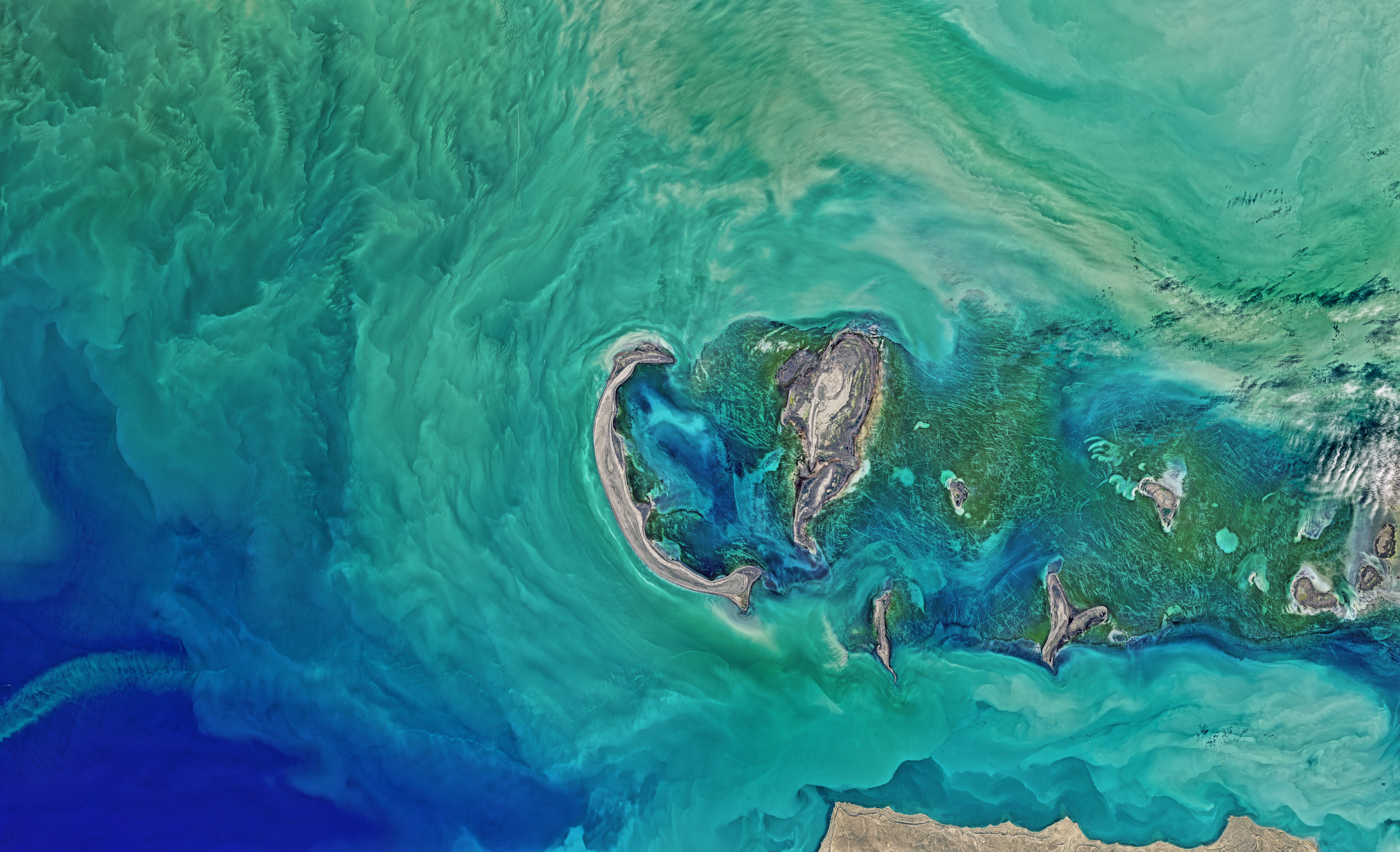Documents
This section features public documents and files uploaded by the stakeholders and custodians of the Caspian Sea environment.
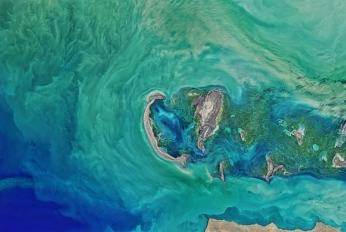 Strategy for Civil Society Engagement in the Caspian Sea Marine EnvironmentMon, 20/02/2023 - 14:22Strategy for Civil Society Engagement in the Protection of the Caspian Sea Marine Environment was presented at the COP3 in Aktau, Kazakhstan, 10–12 August 2011. It contains an analysis and a number of recommendations to improve access to information and participation in decision-making and action towards the implementation o
Strategy for Civil Society Engagement in the Caspian Sea Marine EnvironmentMon, 20/02/2023 - 14:22Strategy for Civil Society Engagement in the Protection of the Caspian Sea Marine Environment was presented at the COP3 in Aktau, Kazakhstan, 10–12 August 2011. It contains an analysis and a number of recommendations to improve access to information and participation in decision-making and action towards the implementation o
- Description
Strategy for Civil Society Engagement in the Protection of the Caspian Sea Marine Environment was presented at the COP3 in Aktau, Kazakhstan, 10–12 August 2011. It contains an analysis and a number of recommendations to improve access to information and participation in decision-making and action towards the implementation of the Tehran Convention and its Protocols at the local, national and regional levels.
- Attached documents
- Metadata
- Year
- 2011
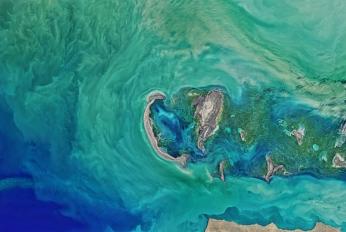 Caspian Sea State of Environment Report - SoE 1 (2011)Fri, 17/02/2023 - 08:53The Caspian Sea, abundant with natural living and fossil resources, its coastal areas home to more than 15 million people, faces a series of environmental challenges. This State of the Caspian Sea Environment Report should be seen and considered as a first try out and starting point towards the creation of a shared environm
Caspian Sea State of Environment Report - SoE 1 (2011)Fri, 17/02/2023 - 08:53The Caspian Sea, abundant with natural living and fossil resources, its coastal areas home to more than 15 million people, faces a series of environmental challenges. This State of the Caspian Sea Environment Report should be seen and considered as a first try out and starting point towards the creation of a shared environm
- Description
The Caspian Sea, abundant with natural living and fossil resources, its coastal areas home to more than 15 million people, faces a series of environmental challenges.
This State of the Caspian Sea Environment Report should be seen and considered as a first try out and starting point towards the creation of a shared environmental information system promoting and securing data collection, monitoring, analysis, harmonization and public communication in support of full implementation of the Tehran Convention and its protocols. We hope that it will improve the Caspian information base, enhance the quality, accessibility and relevance of data and ultimately, contribute to strengthening the regional environmental governance framework.
The Caspian Sea SoE 1 Report in higher resolution can be dowloaded here.
- Attached documents
- Metadata
- Year
- 2011
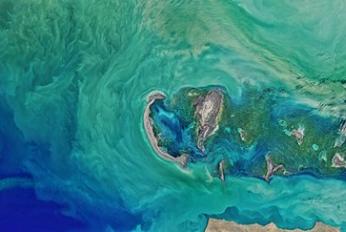 Article - Effects of Caspian Sea water level fluctuations on existing drainsMon, 23/04/2018 - 19:18This study is an attempt to develop an integrated methodology to predict the impact of the Caspian Sea on flooding using Geographic Information Systems (GIS) and hydrodynamic modeling. A rise in the sea level might lead to major flooding events, and have a severe impact on the spatial development of cities and regions. The f
Article - Effects of Caspian Sea water level fluctuations on existing drainsMon, 23/04/2018 - 19:18This study is an attempt to develop an integrated methodology to predict the impact of the Caspian Sea on flooding using Geographic Information Systems (GIS) and hydrodynamic modeling. A rise in the sea level might lead to major flooding events, and have a severe impact on the spatial development of cities and regions. The f
- Description
This study is an attempt to develop an integrated methodology to predict the impact of the Caspian Sea on flooding using Geographic Information Systems (GIS) and hydrodynamic modeling. A rise in the sea level might lead to major flooding events, and have a severe impact on the spatial development of cities and regions. The feasibility of simulating a flood event along a drain channel is evaluated near residential development areas along the Chapakroud drain.
The study shows that at these elevations environmental and social problems arise with regards to the drain. The results also indicate that GIS is an effective tool for floodplain visualization and analysis. It should be noted that the mixture of salt and soft water, as a result of rising sea water level, is a problem that was not investigated in this study and should be examined in the future.
- Attached documents
- Metadata
- Year
- 2011
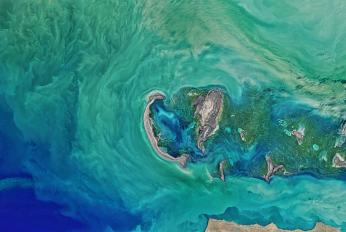 Article - Review of the status of invasive species, with special focus on the most invasive species Mnemiopsis leidyi A.Agassiz, 1865 and their effects on the Caspian ecosystemSun, 22/04/2018 - 16:13The main focus of review: To determine the Status of invasive species with special attention to the most aggressive invader Mnemiopsis leidyi in the Caspian Sea. Objectives: 1. To assess vectors, pathways of invasive species introduction, their composition and their role in the Caspian ecosystem. 2. To analyze seasonal an
Article - Review of the status of invasive species, with special focus on the most invasive species Mnemiopsis leidyi A.Agassiz, 1865 and their effects on the Caspian ecosystemSun, 22/04/2018 - 16:13The main focus of review: To determine the Status of invasive species with special attention to the most aggressive invader Mnemiopsis leidyi in the Caspian Sea. Objectives: 1. To assess vectors, pathways of invasive species introduction, their composition and their role in the Caspian ecosystem. 2. To analyze seasonal an
- Description
The main focus of review: To determine the Status of invasive species with special attention to the most aggressive invader Mnemiopsis leidyi in the Caspian Sea.
Objectives:
1. To assess vectors, pathways of invasive species introduction, their composition and their role in the Caspian ecosystem.
2. To analyze seasonal and interannual dynamics of the Mnemiopsis leidyi population in the all areas of the Caspian Sea; its impacts on the Caspian ecosystem including food recourses (zooplankton) and fish stocks along with other emerging environmental threats such as increased nutrient load from the coast, structural and quantitative changes in phyto-and-zooplankton communities, the appearance of harmful algal bloom (HAB) in the Southern Caspian.
3. To prepare recommendations for follow-up actions on invasive species management: - for the protection and control of the Caspian Sea from any sources of accidental invasive species introductions - for possibility of biological control of invader Mnemiopsis leidyi.
The primary source of this Review has been national reports from every of the five Caspian littoral countries, which included results of national observations of ecosystem state and biodiversity of the Caspian Sea. But due to fragmental data of the national observations on invasive species
- Attached documents
- Metadata
- Year
- 2011
Document
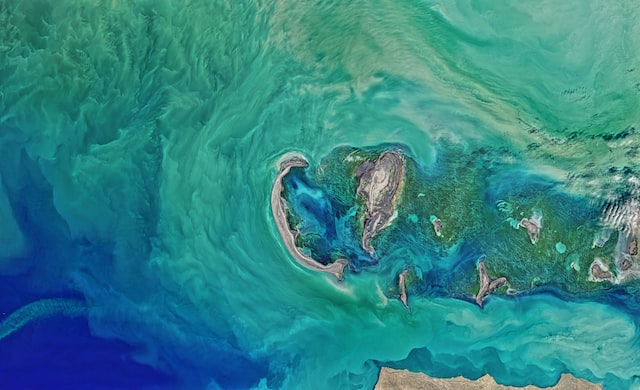
Strategy for Civil Society Engagement in the Caspian Sea Marine Environment
Document
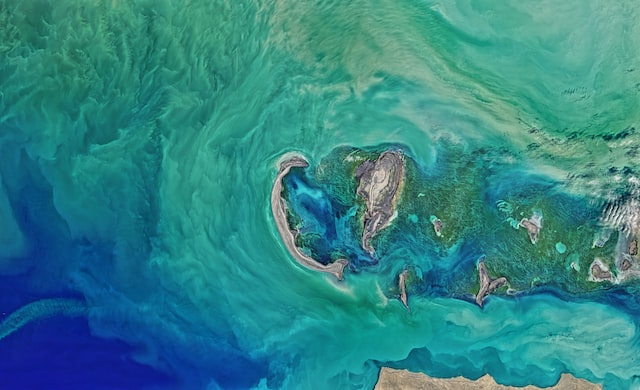
Caspian Sea State of Environment Report - SoE 1 (2011)
Document
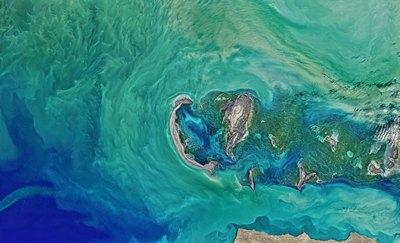
Article - Effects of Caspian Sea water level fluctuations on existing drains
Document
